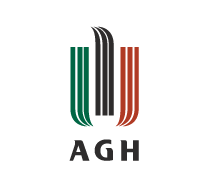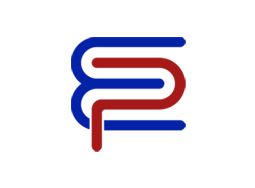|
Method development and validation for total mercury determination in coke oven gas combining a trap sampling method with CVAAS detection
Authors Górecki Jerzy Burmistrz Piotr Trzaskowska Marlena Sołtys Barbara Gołaś Janusz Journal Talanta Year Vol. Number Pages 2018 188 0 293-298 Impact Factor 4.244 DOI Abstract in the main language of the article Coke oven gas is one of the by-products of the coal coking process. It is used as a fuel in the coking plant, but also as a raw material in the chemical industry to produce methanol, syngas or environment-friendly, low-CO2 hydrogen fuel. Due to the reasons mentioned above, the knowledge of coke oven gas pollutants such as mercury is a key issue. To determine the mercury in the cleaned coke oven gas a trap sampling method combined with CVAAS mercury detection was developed, optimized and validated. In order to perform the sampling process the traps filled with activated carbon were used. The determination of mercury in the traps material was performed by means of an MA-2 mercury analyzer. During the optimization of the method one selected the trap material, sample volume and flow rate. The optimal volume of the coke oven gas sample was 3 dm3 and the flow rate was 18 dm3/h (per one trap). The developed method was validated according to the Eurachem recommendation and was applied to determine mercury in the clean coke oven gas. The coke oven gas sampling was performed in a coking plant in Poland. The average concentration of mercury in the clean coke oven gas was 3.2+/-0.3 g/m3N (k?=?2) for n?=?18. Keywords in the main language coke oven gas mercury mercury determination method CVAAS Title in the additional language Abstract in the additional language Keywords in the additional language | 

